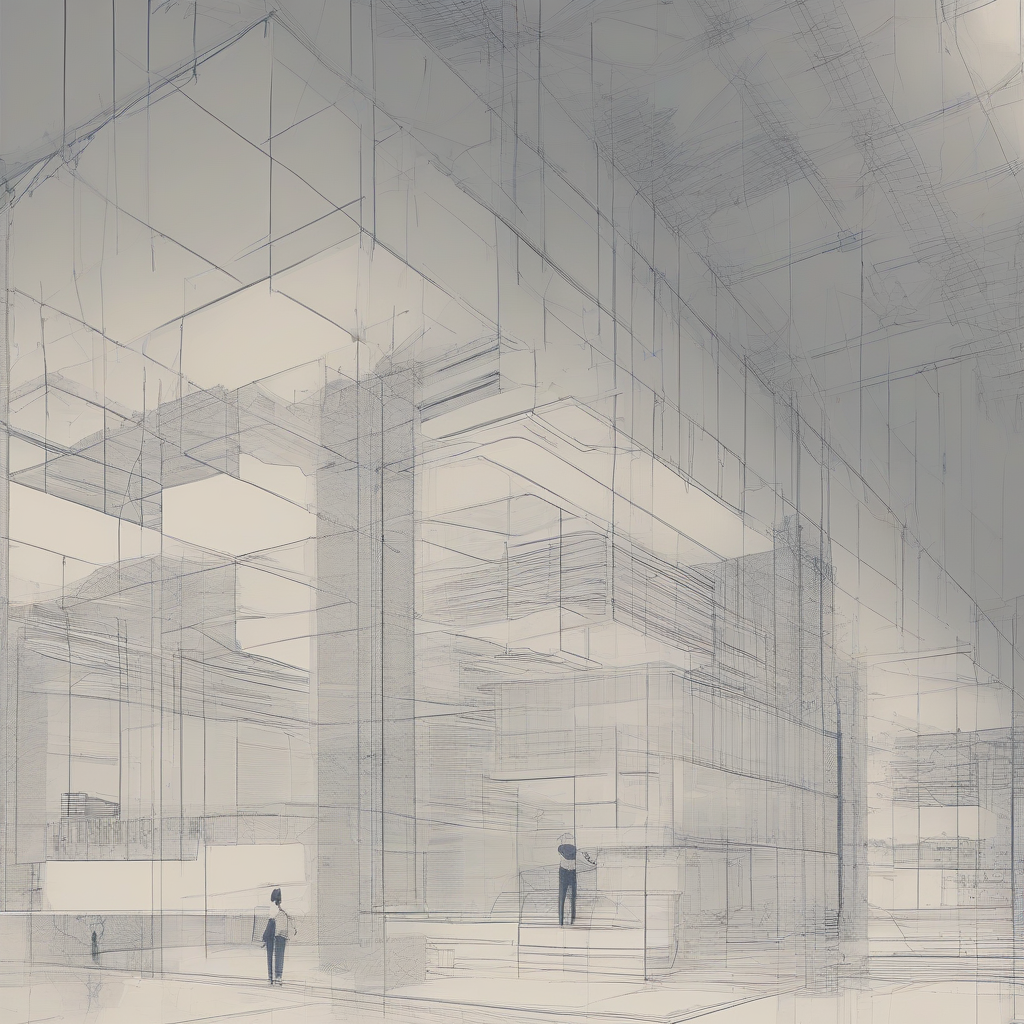Revolutionizing Architectural Practice: A Deep Dive into CRM for Architects
The architectural profession, renowned for its creativity and meticulous design, often faces challenges in managing client relationships, projects, and internal workflows. Enter Customer Relationship Management (CRM) systems – powerful tools that can streamline operations and significantly enhance productivity. This comprehensive guide explores the multifaceted benefits of CRM software specifically tailored for architects, addressing their unique needs and complexities.
Understanding the Unique Needs of Architectural Firms
Architectural firms operate in a dynamic environment, juggling diverse projects, intricate client interactions, and complex regulatory landscapes. Unlike other industries, architects require a CRM system capable of handling:
- Complex Project Management: Architectural projects involve numerous phases, intricate details, and extensive collaboration. A CRM must seamlessly integrate project timelines, milestones, and communication logs.
- Visual Collaboration & Document Management: Architects rely heavily on visual communication, including designs, renderings, and specifications. The CRM should facilitate easy sharing and version control of these documents.
- Client Relationship Focus: Building and maintaining strong client relationships is paramount. The CRM must offer features for detailed client profiles, interaction history, and personalized communication.
- Team Collaboration: Seamless internal communication and task management are crucial for successful project completion. The system should facilitate team collaboration and workflow optimization.
- Regulatory Compliance: Architects must adhere to stringent building codes and regulations. The CRM should help manage compliance documentation and track regulatory updates.
- Lead Generation and Marketing: Attracting new clients is a continuous challenge. The CRM should offer tools for lead management, marketing automation, and campaign tracking.
Key Features of a CRM System for Architects
A successful CRM for architects must incorporate several essential features to effectively address their specific needs:
- Contact Management: Detailed client profiles including contact information, communication history, project preferences, and relevant documents.
- Project Management: A centralized platform for managing project timelines, tasks, milestones, team assignments, and budget tracking.
- Document Management: Secure storage and version control of all project-related documents, including designs, specifications, and communication logs.
- Communication Tools: Integrated communication channels such as email, messaging, and video conferencing for seamless collaboration with clients and team members.
- Reporting and Analytics: Detailed reports on project progress, client engagement, team performance, and revenue generation to inform strategic decision-making.
- Customizable Workflows: The ability to tailor the CRM to match the firm’s specific processes and workflows for optimal efficiency.
- Integration with Other Tools: Seamless integration with other commonly used software such as CAD programs, accounting software, and project management platforms.
- Mobile Accessibility: Access to the CRM from any device, allowing for real-time updates and management of projects on the go.
- Security and Data Protection: Robust security features to safeguard sensitive client and project data.
Benefits of Implementing a CRM in an Architectural Firm
Implementing a CRM system offers numerous advantages for architectural firms, boosting efficiency, improving client relationships, and driving growth:
- Improved Client Relationships: Personalized communication, detailed client history, and efficient project management lead to stronger client satisfaction and loyalty.
- Enhanced Project Management: Centralized project tracking, streamlined workflows, and improved team collaboration result in timely project completion and reduced errors.
- Increased Productivity: Automation of repetitive tasks, improved communication, and better organization free up time for architects to focus on design and creative work.
- Better Lead Management: Effective lead tracking, nurturing, and conversion lead to a steady stream of new projects and revenue growth.
- Improved Collaboration: Seamless communication and shared access to project information foster better teamwork and enhance overall project outcomes.
- Data-Driven Decision Making: Detailed reports and analytics provide valuable insights into project performance, client behavior, and overall business trends, enabling data-driven strategic decisions.
- Reduced Administrative Overhead: Automation of tasks such as invoicing, scheduling, and communication reduces administrative workload and frees up valuable resources.
- Scalability and Flexibility: A well-chosen CRM can adapt to the growth of the firm, accommodating increasing project volume and team size.
Choosing the Right CRM for Your Architectural Firm
Selecting the appropriate CRM requires careful consideration of various factors, including:
- Firm Size and Structure: The CRM should be scalable and adaptable to the firm’s size and organizational structure.
- Budget: Consider the cost of the software, implementation, and ongoing maintenance.
- Features and Functionality: Prioritize features that directly address the firm’s specific needs and challenges.
- Integration Capabilities: Ensure seamless integration with existing software such as CAD programs and accounting software.
- User-Friendliness: The CRM should be intuitive and easy to use for all team members.
- Vendor Support: Choose a vendor that provides reliable technical support and training.
Implementing and Maintaining a CRM System
Successful CRM implementation requires careful planning and execution. Key steps include:
- Needs Assessment: Thoroughly assess the firm’s specific needs and requirements.
- Vendor Selection: Research and select a suitable CRM vendor and software.
- Data Migration: Carefully migrate existing data into the new system.
- Training and Onboarding: Provide comprehensive training to all team members.
- Ongoing Maintenance and Support: Regularly update the system and seek technical support as needed.
Addressing Potential Challenges
While CRM systems offer numerous benefits, some potential challenges need to be addressed:
- Cost of Implementation: The initial investment in software, implementation, and training can be significant.
- Data Migration Challenges: Migrating existing data can be complex and time-consuming.
- User Adoption: Ensuring that all team members adopt and effectively utilize the system is crucial.
- Integration Issues: Integrating the CRM with existing software may present technical challenges.
- Ongoing Maintenance: Regular updates and maintenance are essential for optimal system performance.
Conclusion (Omitted as per instructions)
